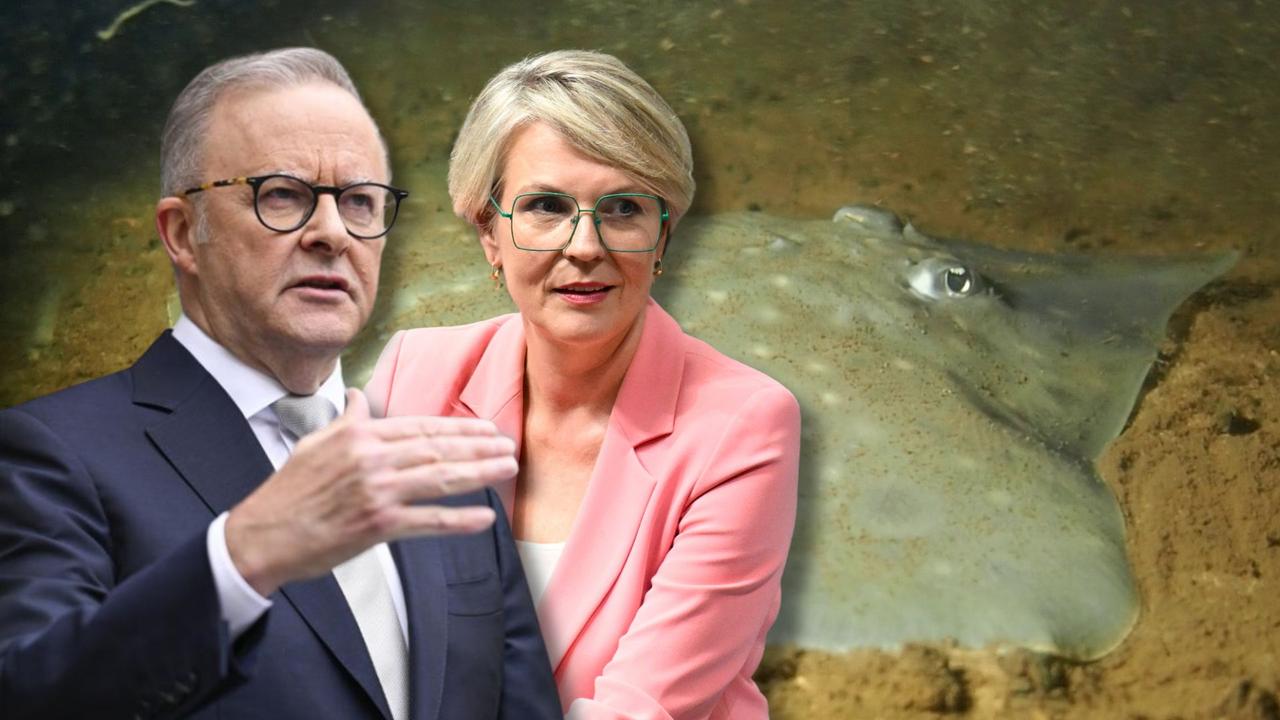Husband and wife behind cancer breakthrough
Scientists have discovered how to ‘turn off’ genes that make cancer cells grow.

Scientists have discovered how to “turn off” genes that make cancer cells grow in a discovery that has resulted in a $625m deal for an Australian biotech with the drug giant Pfizer.
An Australian husband and wife team were behind the initial discovery, which led to the creation of a new drug that is now entering clinical trials and which could be used to treat breast, lung and prostate cancer. The new drug targets a category of enzymes that are overexpressed or duplicated in cancers, leading to rapid proliferation of cancer cells.
The drug discovery is the result of more than a decade of research by Australian scientists who worked together under the Cancer Therapeutics Co-operative Research Centre, eventually leading to the licensing deal with Pfizer which is worth up to $US475m in development milestones, royalties and sales if the technology is successful.
Cancer Therapeutics CRC scientific adviser Mark Dawson said the drug, PF-07248144, targets members of the MYST family of enzymes that facilitate the expression of genes, known as KAT6A and KAT6B.
“We know that some of the genes for KAT6A and KAT6B are duplicated in cancers,” Professor Dawson said. “Some cancer cells have many copies of these genes, making them more reliant on either KAT6A or KAT6B.
“When these enzymes are either overexpressed or duplicated, their normal function is corrupted, helping to drive the cancer by facilitating abnormal gene expression in the cancer cells. The cancer cell becomes addicted to the signals that these enzymes are providing because those signals are facilitating the cancer cells’ ability to grow, divide and thrive.”
Researchers from the medical research institute WEHI, the Peter MacCallum Cancer Centre, the CSIRO, the Monash Institute of Pharmaceutical Sciences, Griffith University, St Vincent’s Institute of Medical Research, and the Children’s Cancer Institute worked together on the small molecule drug discovery which targets KAT6A and KAT6B to switch off the overexpression of genes. The KAT6A project was brought into Cancer Therapeutics CRC as a novel target idea by husband and wife team Tim Thomas and Anne Voss from WEHI.
The idea was then developed by the Cancer Therapeutics CRC into potential therapies that were subsequently licensed to Pfizer by the CRC’s commercial partner, CTxONE.
The Cancer Therapeutics CRC KAT6A project team comprised more than 25 researchers and was led by Ian Street, the director of CTxONE, who was then at WEHI, Brendon Monahan, also then at WEHI; and Paul Stupple from Monash Institute of Pharmaceutical Sciences.
The drug discovery stemmed from research conducted by Professor Voss and Associate Professor Thomas in the early 1990s when they were working together in a laboratory in Germany, when they discovered the KAT6 gene and studied its role in causing a very aggressive form of leukaemia.
“We spent many years studying it, but I always had the idea that because these were enzymes and they seemed to be promoting a cancer phenotype, if you design a drug to inhibit them then perhaps that would be useful as a new drug treatment,” Associate Professor Thomas said.
Scientists around the world have been attempting for more than 20 years to build specific drugs that would target the MYST family of enzymes but the Cancer Therapeutics CRC’s drug candidate is the first to make it into clinical trials. Associate Professor Thomas said it was not yet known whether the drug would prove effective in “switching off” the cancer-causing genes.
“This is a completely new class of targets, they’ve never been targeted before, so we don’t really know,” he said. “But I’m positive about it at this stage. I hope that it will be a useful treatment.”
Anand Gautam, executive director for Pfizer R&D’s Emerging Science & Innovation team said the drug company was also hopeful of the success of the drug.
“We think that this is a unique opportunity,” Dr Gautam said. “I actually saw it in 2017 and I couldn’t believe that this class of drug that basically in principal could put tumour cells to sleep could be targeted.
“Initially it was considered to be an undruggable target. This is an extremely exciting moment.”
Dr Street from CTxONE said the commencement of the phase 1 trial was an endorsement of the Cancer Therapeutics CRC’s collaborative model. “This is a strong example of how partners contributing to the Cancer Therapeutics CRC have worked collaboratively to transform Australian medical research into potentially world-first treatments for cancer,” Dr Street said.




To join the conversation, please log in. Don't have an account? Register
Join the conversation, you are commenting as Logout